Having spent over a decade in the TPE (thermoplastic elastomer) industry, I’ve come to appreciate the importance of getting every detail right in production. TPE’s flexibility, durability, and ease of processing make it a go-to material for products like plugs, seals, and medical devices. However, one common challenge in processing TPE, especially when the formulation includes organic amine esters (such as plasticizers or additives), is dealing with surface oil residues. These greasy films can mar the product’s appearance and interfere with downstream processes like coating, bonding, or assembly. Many folks have asked me: How do you formulate an effective degreasing solution for TPE with organic amine esters? Drawing from my hands-on experience, I’m here to share a comprehensive guide on crafting a degreasing strategy that leaves TPE surfaces clean and residue-free.

Why Does TPE with Organic Amine Esters Develop Oil Residues?
Before jumping into degreasing solutions, let’s unpack why oil residues form on TPE surfaces. Organic amine esters are often used as plasticizers, stabilizers, or processing aids in TPE formulations, and they can contribute to surface oiliness. Here are the main reasons:
Plasticizer Migration: Organic amine esters (e.g., amide or ester-based plasticizers) may migrate to the surface during high-temperature processing or long-term storage, creating a greasy layer.
Excess White Oil: TPE formulations with high white oil (mineral oil) content (e.g., >40%) can lead to oil exudation, particularly in hot or humid conditions.
Processing Aid Residues: Certain amine ester-based additives (e.g., lubricants or mold release agents) may not fully volatilize during injection molding or extrusion, leaving oily residues.
Mold Contamination: Residual mold release agents or oils on the mold surface can transfer to TPE parts during molding.
Environmental Factors: Dust or oil mist in the production environment can adhere to the product surface, exacerbating oiliness.
I once worked with a client producing TPE medical tubing that consistently had a greasy surface, which disrupted their bonding process. After investigation, we found that their amine ester plasticizer had low volatility, and the white oil content was too high (45%), causing significant oil exudation. By tweaking the formulation and optimizing the degreasing process, we resolved the issue. This experience taught me that effective degreasing requires both the right cleaning solution and control at the source.

How to Formulate a Degreasing Solution for TPE with Organic Amine Esters?
Based on years of practical experience, I’ve outlined several proven methods to address degreasing for TPE formulations with organic amine esters. These cover formulation adjustments, cleaner selection, process optimization, and post-treatment steps.
1. Reduce Oil Residues at the Source
The first step in degreasing is minimizing oil residues through formulation optimization. Here are key adjustments:
Choose Low-Migration Plasticizers: Select high-molecular-weight, low-migration organic amine esters (e.g., amide esters or polyesters) to reduce surface exudation. Refer to standards like DIN EN ISO 177 and opt for low-volatility plasticizers.
Lower White Oil Content: White oil is a common TPE plasticizer, but excess amounts lead to oiliness. Keep white oil at 30%-35% and use paraffin-based, low-volatility oils to minimize exudation.
Limit Amine Ester Additives: Amine ester-based lubricants or mold release agents (e.g., stearamide esters) should be used sparingly, at 0.1%-0.5%, to reduce surface residues.
Incorporate Adsorbents: Adding a small amount of adsorbents (e.g., silane-modified silica, 0.5%-1%) can absorb excess oil, reducing migration.
Optimize SEBS Base: Use high-molecular-weight SEBS (e.g., Kraton G series, see Kraton’s website) as the TPE base to enhance formulation stability and minimize plasticizer migration.
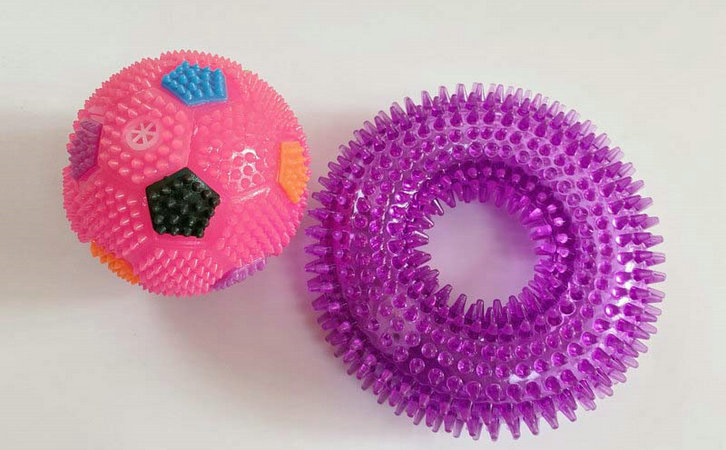
2. Select the Right Degreasing Cleaner
Choosing an appropriate cleaner is critical for effective degreasing. TPE’s chemical inertness and soft surface require cleaners that remove oil without damaging the material. Here are recommended options:
Neutral Water-Based Cleaners: Water-based cleaners with a pH of 6.5-7.5 (e.g., non-ionic surfactant formulations) are gentle on TPE and effective at removing amine ester-based oils. Use at a 2%-5% concentration and a cleaning temperature of 40-50°C.
Low-Concentration Alcohol Solvents: Isopropyl alcohol (IPA) or ethanol (70%-90% concentration) works well for light oil residues. Wipe quickly to avoid prolonged exposure, which could cause surface swelling.
Specialized Degreasers: For amine ester oils, use degreasers with chelating agents (e.g., EDTA-based formulas) to break down organic oils. Apply at 1%-3% concentration, ideally with ultrasonic cleaning for best results.
Avoid Strong Acids/Alkalis: Strong acidic (e.g., hydrochloric acid) or alkaline (e.g., sodium hydroxide) cleaners can degrade TPE’s molecular structure, causing surface aging or cracking, and should be avoided.

3. Optimize the Degreasing Process
The right cleaner is only half the battle—process execution is equally important. Here are key process parameters:
Cleaning Temperature: Maintain water-based cleaners at 40-50°C. Temperatures too high may deform TPE, while too low reduce cleaning efficacy.
Cleaning Duration: Limit each cleaning cycle to 1-3 minutes to avoid damaging surface gloss. Multiple short cycles are better than one long session.
Ultrasonic Cleaning: For complex TPE parts, use 28-40kHz ultrasonic cleaning equipment to enhance degreasing efficiency, especially for amine ester oils.
Rinsing and Drying: Rinse with deionized water 2-3 times to remove residual cleaner, then dry in a 50-60°C hot-air oven to prevent water spots or secondary contamination.
Automated Cleaning: Use automated spray or immersion cleaning systems to minimize human handling, reducing the risk of scratches or contamination.
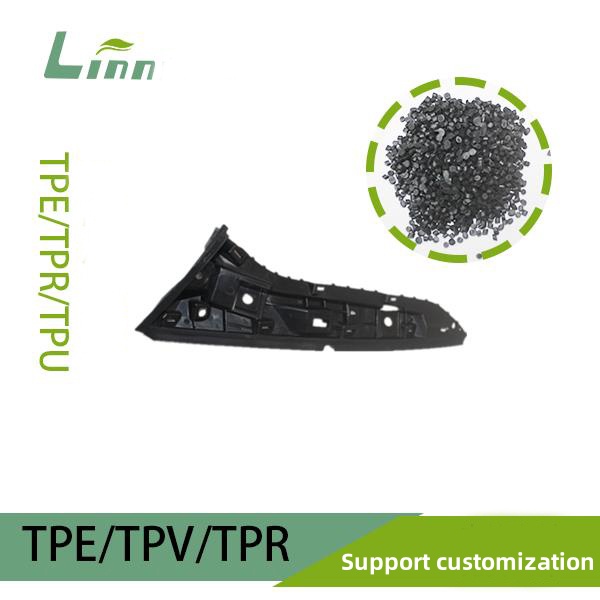
4. Improve Mold and Production Environment
Oil residues can originate from molds or the production environment. Optimizing these areas reduces degreasing demands:
Mold Cleaning: Clean molds with non-oily solvents (e.g., isopropyl alcohol) before molding to remove residual release agents or oils. Clean molds 1-2 times per shift.
Minimize Mold Release Agents: Use water-based or silicone-based release agents instead of oily ones, keeping usage at 0.1%-0.3%.
Polish Mold Surfaces: Polish molds to a Ra 0.2-0.4 finish to reduce material adhesion and oil transfer.
Control Workshop Environment: Maintain workshop humidity at 50%-60% and temperature at 20-25°C. Install air filtration systems to reduce oil mist and dust adhesion.
5. Post-Degreasing Surface Treatments
After degreasing, surface treatments can prevent oil reappearance and enhance durability:
Plasma Treatment: Low-temperature plasma treatment increases surface energy, reducing oil adhesion and improving coating or bonding performance.
Anti-Oil Coatings: Apply a thin silicone or fluoropolymer-based anti-oil coating (e.g., polydimethylsiloxane) to block plasticizer exudation.
Surface Texturing: Introduce fine textures (e.g., MT-11000 standard) in the mold to mask minor oil residues and enhance aesthetics.
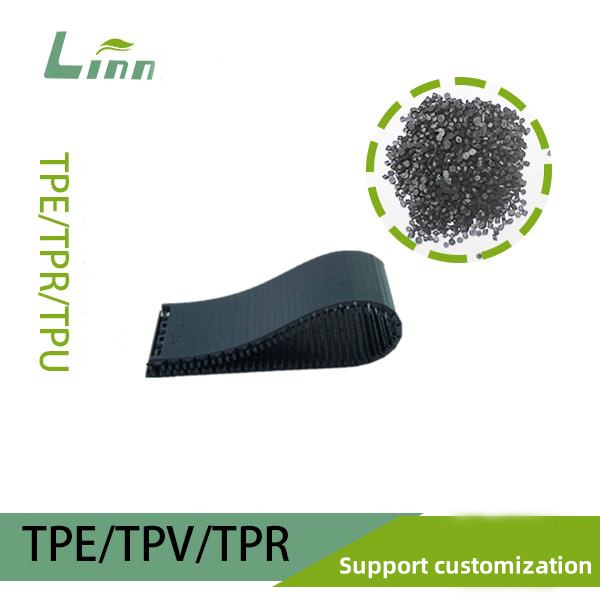
TPE Organic Amine Ester Degreasing Reference Table
To help you apply these solutions, I’ve created a table summarizing formulation and process recommendations for different scenarios:
Parameter | High-Efficiency Degreasing (Premium Products) | Standard Degreasing (General Products) | Low-Cost Degreasing (Budget Products) |
|---|---|---|---|
Plasticizer Type | High-molecular-weight, low-migration amine ester | Medium-molecular-weight amine ester | Standard amine ester |
White Oil (wt%) | 30-33% | 33-37% | 37-40% |
Adsorbent (wt%) | 0.8-1% | 0.5-0.8% | 0-0.5% |
Cleaner Type | Neutral water-based + chelating agent | Neutral water-based | Isopropyl alcohol (70%) |
Cleaner Concentration | 3-5% | 2-3% | 70-90% |
Cleaning Temperature (°C) | 45-50 | 40-45 | 25-30 |
Cleaning Duration (minutes) | 1-2 (ultrasonic) | 2-3 | 3-5 |
Drying Temperature (°C) | 55-60 | 50-55 | 40-50 |
Mold Surface | Ra 0.2, coated | Ra 0.3 | Ra 0.4 |
Application | Medical devices, high-end electronics | Plugs, seals | Low-end consumer goods |
Note: These parameters are starting points. Test and adjust based on your product and equipment.
Real-World Case Study
Last year, I assisted a manufacturer of TPE automotive seals struggling with oily surfaces that caused bonding failures. After analyzing their process, we identified the issues: a low-cost amine ester plasticizer, 43% white oil content, and inadequate mold cleaning. We implemented the following solutions:
Reduced white oil to 34%, switched to low-volatility paraffin-based oil, and added 0.6% silane-modified silica adsorbent.
Used a 3% neutral water-based cleaner with 40kHz ultrasonic cleaning for 2-minute cycles, followed by deionized water rinsing.
Polished molds to Ra 0.3 and cleaned them with isopropyl alcohol once per shift.
Installed air filters in the workshop and maintained 55% humidity.
These changes eliminated the oil residue issue, boosting bonding success rates from 75% to 98%. The client noted that the parts felt drier and looked more polished. This case underscored that degreasing is a system-wide effort, requiring coordinated adjustments across formulation, process, and environment.
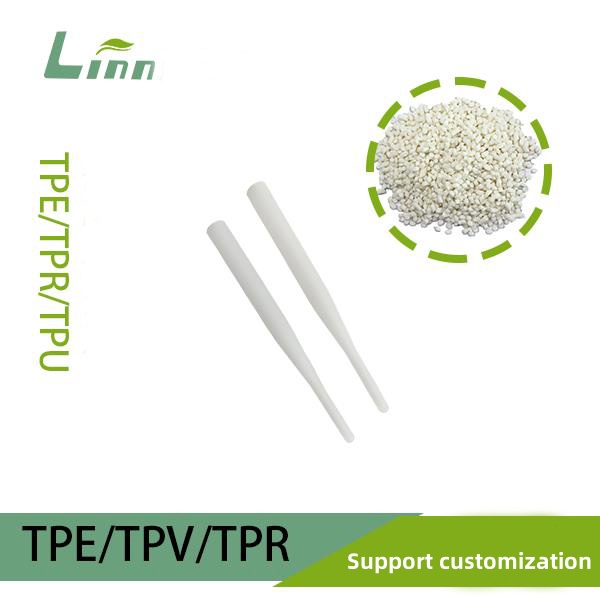
Additional Tips for Success
Here are a few often-overlooked details to enhance degreasing outcomes:
Batch Consistency: TPE batches may vary due to differences in plasticizers or additives. Test small batches when switching suppliers or lots to ensure consistent degreasing results.
Cleaner Storage: Store water-based cleaners in sealed containers to prevent evaporation or contamination, which can reduce effectiveness.
Equipment Maintenance: Regularly check cleaning equipment (e.g., ultrasonic cleaners) for power and frequency stability to ensure optimal performance.
Environmental Compliance: Choose cleaners that meet environmental standards (e.g., ROHS or REACH) to minimize wastewater treatment costs and ensure regulatory compliance.
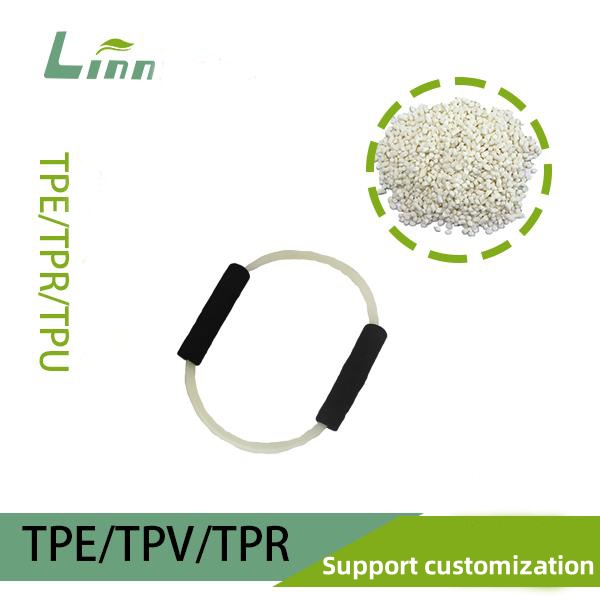
Frequently Asked Questions
Q1: What if oil residues persist after degreasing?
A: Persistent residues may result from insufficient cleaner concentration or short cleaning times. Increase the cleaner concentration (e.g., from 2% to 4%) or extend cleaning to 2-3 minutes. Also, verify that low-volatility plasticizers are used, and adjust the formulation if needed.
Q2: Can isopropyl alcohol damage TPE surfaces during degreasing?
A: Using 70%-90% isopropyl alcohol is safe if applied briefly (e.g., quick wiping). Avoid soaking for over 1 minute, as prolonged exposure may cause slight surface swelling or gloss reduction.
Q3: How can I confirm that degreasing is complete?
A: After degreasing, wipe the surface with clean white paper; no oil marks or smudges indicate success. Alternatively, perform a water droplet test: a fully degreased surface allows water to spread evenly, while oily surfaces cause water to bead.
Q4: What are cost-effective degreasing options?
A: For budget-conscious projects, use 70% isopropyl alcohol for manual wiping, paired with simple hot water rinsing (40°C). In the formulation, reduce white oil to <35% and add 0.5% adsorbent to control oil residues.
Final Thoughts
Degreasing TPE with organic amine esters may seem daunting, but with a strategic approach—optimizing the formulation, selecting the right cleaner, refining the process, and controlling the environment—you can achieve spotless surfaces with ease. Whether you’re aiming for flawless high-end products or efficient low-cost production, these practical steps will set you on the right path. I hope this guide provides the clarity and tools you need to tackle degreasing challenges. If you’re facing specific issues or want to dive deeper, I’m happy to share more insights—let’s work together to ensure your TPE products are clean, functional, and ready to impress!
